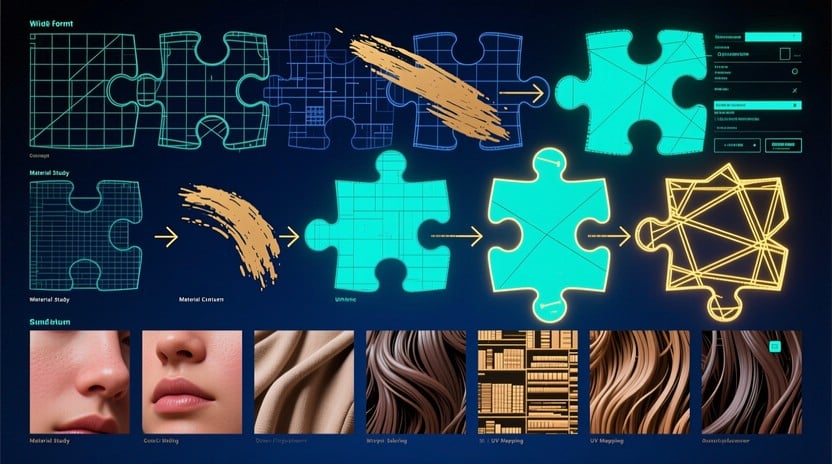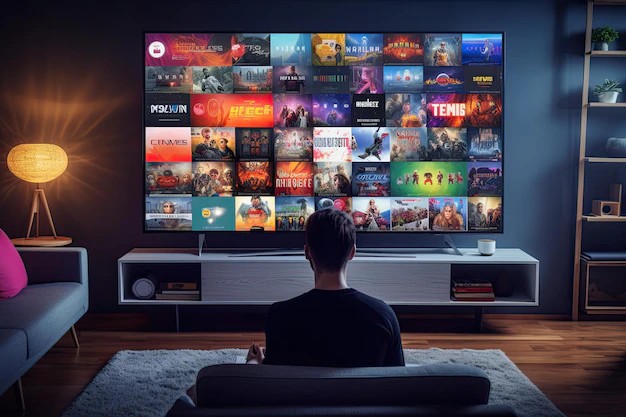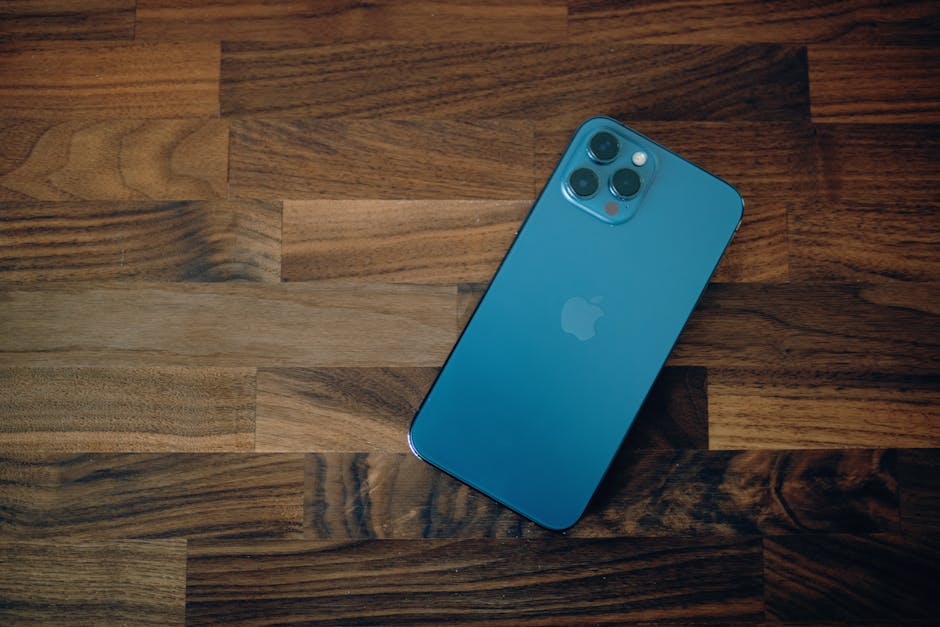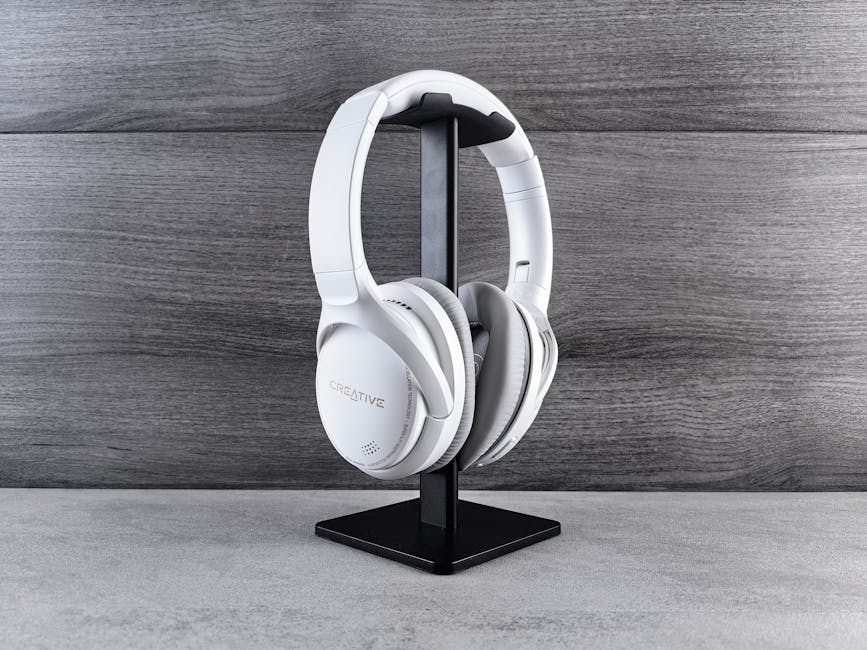The launch of a new Apple product category is a seismic event in the technology world. It’s a moment defined not just by the hardware itself, but by the rapid, creative explosion of an entire ecosystem around it. The Apple Vision Pro, the company’s ambitious entry into spatial computing, is no exception. While the device itself represents a new frontier, its long-term success and user adoption will be significantly influenced by the third-party accessories that protect, personalize, and enhance its functionality. The first wave of these accessories has begun to surface, offering a fascinating glimpse into the immediate needs of early adopters and the future direction of this nascent market. This initial focus on protection and power management mirrors the early days of iPhone and iPad news, but the unique nature of spatial computing promises a far more diverse and innovative future. This article provides a comprehensive technical analysis of the emerging market for Vision Pro accessories, exploring what these early products reveal about user priorities and the exciting potential that lies ahead for the entire Apple ecosystem.
The First Wave: Defining the Essential Vision Pro Accessory Categories
As with any premium electronic device, the first accessories to market invariably address the most fundamental user concerns: safeguarding the investment and overcoming practical limitations. For a $3,499 device designed to be worn on the face, these concerns are amplified. The initial offerings from leading accessory manufacturers establish two clear, primary categories that will form the bedrock of the Vision Pro accessories news landscape.
Protection as a Primary Concern: Cases and Covers
The Apple Vision Pro is a marvel of engineering, featuring a complex laminated glass front plate that houses a sophisticated array of cameras and sensors. This outward-facing display, which shows the user’s eyes via EyeSight, is both a critical functional component and a major vulnerability. Consequently, the most prominent initial accessories are protective cases. These are not mere pouches; they are purpose-built travel and storage solutions designed to mitigate the risks of scratches, impacts, and dust ingress.
Leading manufacturers are debuting robust, semi-rigid travel cases featuring custom-molded EVA (Ethylene-vinyl acetate) foam interiors. This design choice is critical; the foam is precisely cut to cradle the Vision Pro, its battery pack, and essential cables, preventing any movement during transit. The exterior is often wrapped in durable ballistic nylon or a similar hard-wearing fabric, with a reinforced handle for portability. This approach is a direct lesson learned from decades of Apple accessories news, from the earliest iPod Classic news about protective shells to the sophisticated cases for the latest iPhones. The primary goal is to provide peace of mind for users who will inevitably transport the device between home, office, or client sites. A common pitfall for early, less reputable products will be a lack of precision in these moldings, which could apply pressure to sensitive areas like the light seal or head band attachment points.
Power and Portability: Addressing the Battery Dilemma
The Vision Pro’s design decision to use an external, tethered battery pack with a roughly two-hour life is one of its most debated aspects. While this choice reduces the on-head weight, it introduces a new ergonomic challenge: managing the battery and its cable. This has created an immediate opportunity for accessories focused on convenience and power management. The first products in this category are elegantly simple: clips and holders for the battery pack.
These accessories are typically designed to attach the aluminum battery pack to a user’s belt or pocket, keeping it secure and out of the way. The design considerations here are subtle but important. The holder must be lightweight, provide a secure grip on the battery without scratching it, and position it in a way that minimizes cable snagging. This small utility is a perfect example of how the accessory market responds to real-world usage scenarios. For a developer, designer, or professional using the Vision Pro for an extended period, having the battery flopping in a pocket is an unacceptable distraction. This trend follows a long history seen in AirPods news, where cases with clips and hooks became standard for users on the go. Future iterations may integrate cable management solutions or even secondary battery systems, further enhancing the device’s portability.
A Technical Analysis of Early Vision Pro Accessories
Beyond simply identifying the types of accessories available, a deeper technical look at their design, materials, and integration with the Apple ecosystem reveals key trends and best practices for consumers. The quality of these early products sets a precedent for the entire market.

Material Science and Ergonomic Design
The choice of materials in Vision Pro accessories is paramount. For protective cases, the combination of a hard exterior shell and a soft, non-abrasive interior is crucial. High-quality cases will explicitly mention the use of microfiber lining to protect the delicate glass and anodized aluminum surfaces of the Vision Pro. The zippers and clasps must also be robust to ensure longevity. A failure in these small components can render a case useless.
For wearable accessories like battery clips, the focus shifts to ergonomics and user comfort. Materials like polycarbonate or ABS plastic offer a good balance of strength and low weight. The design must account for different clothing thicknesses and belt sizes. Furthermore, any accessory that comes into contact with the device must be engineered to avoid interference with its critical systems. For example, a poorly designed case could block the thermal vents located on the underside of the Vision Pro, leading to overheating during intensive use. Similarly, any accessory with metallic components must be carefully placed to avoid interfering with the Wi-Fi and Bluetooth antennas. This level of technical consideration is what separates premium accessories from cheap imitations and is a core tenet of the Apple ecosystem news cycle.
The “Made for Vision Pro” Future
Currently, accessories are being developed based on the device’s physical specifications. However, it is highly likely that Apple will introduce a “Made for Vision Pro” (MFVP) certification program, akin to the MFi (Made for iPhone/iPad/iPod) program that has governed its mobile ecosystem for years. Such a program would provide third-party manufacturers with detailed design guidelines, electronic specifications, and access to proprietary connectors or technology.
An MFVP program would ensure a baseline of quality, safety, and compatibility. For example, certified accessories would be guaranteed not to obstruct cameras or sensors essential for spatial tracking. This ties directly into Apple privacy news and iOS security news, as certified connected accessories would be vetted to meet Apple’s stringent standards. For consumers, this certification would be a seal of approval, simplifying the purchasing decision and guaranteeing that an accessory will perform as expected without compromising the core experience. The lack of this program at launch creates a “wild west” environment where early adopters must rely on brand reputation and careful research.
Beyond Day One: The Future of the Vision Pro Accessory Ecosystem
While the first wave of accessories focuses on immediate, practical needs, the future of the market holds the potential for transformative products that will unlock new ways to interact with spatial computing. This is where the most exciting Apple AR news will intersect with hardware innovation.
Input and Control: The Quest for a ‘Vision Pro Wand’
The Vision Pro’s hand-and-eye tracking is a revolutionary input method for navigation and general use. However, for certain applications like high-precision 3D modeling, content creation, or immersive gaming, it may lack the tactile feedback and absolute positioning of a physical controller. This has led to widespread speculation and a surge in Vision Pro wand news discussions.
A future “Vision Pro wand” or a pair of spatial controllers could offer haptic feedback, physical buttons, and triggers, providing a more intuitive experience for specific tasks. A real-world scenario would be a surgeon using a controller for a training simulation, where the tactile feedback of the controller is critical. Another fascinating possibility revolves around Apple Pencil Vision Pro news. Could a future iteration of the Apple Pencil be equipped with spatial tracking (UWB or similar technology) to act as a precision input tool for drawing or annotating in 3D space? This would be a powerful tool for creatives and professionals, turning the space around them into an infinite canvas, much like a futuristic iPad vision board news concept brought to life.
Productivity, Health, and Ecosystem Integration
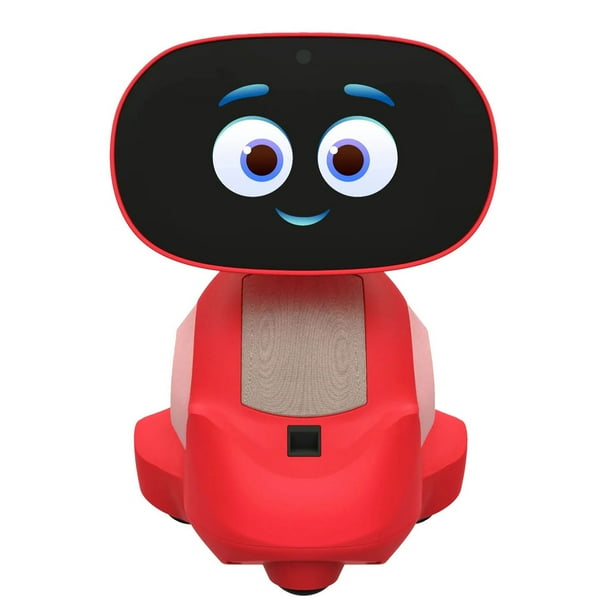
As the Vision Pro finds its place in professional workflows, accessories will evolve to support it. We can expect to see custom stands for desktop use that position the device for easy donning and doffing, as well as specialized keyboard and trackpad trays that integrate seamlessly into the virtual environment. The evolution of iOS updates news could enable deeper integration, allowing an iPhone to serve as a dedicated control surface or a source for real-world object scanning.
Furthermore, the intersection with Apple health news presents unique opportunities. Imagine custom light seals designed for meditation apps that provide 100% light-blocking for total immersion, or specialized, more breathable headbands for use with Apple Fitness+ spatial workouts. The possibilities are vast and will be driven by the applications developers create for the platform. This is a far cry from the days of the iPod revival news discussions, which focus on nostalgia; the Vision Pro accessory market is about forging entirely new user behaviors.
Tips and Best Practices for Choosing Your Vision Pro Accessories
For early adopters navigating this new market, making informed choices is key. The right accessories can significantly improve the experience, while the wrong ones can be a waste of money or even a risk to the device.
A Practical Buyer’s Guide
-
Prioritize Protection First: Before anything else, invest in a high-quality, well-padded travel case if you plan to move the device at all. Given the cost of repair, this is the most important accessory you can buy on day one.
-
Assess Your Power Needs: Evaluate your primary use case. If you will be using the Vision Pro while mobile or away from a power source for more than two hours, a battery clip or holder is an essential purchase for convenience and comfort.

spatial computing headset – Apple Vision Pro vs XReal Air 2 Ultra: Battle of the Spatial … -
Wait and See for Comfort Mods: While third-party headbands and light seal cushions will inevitably appear, it’s wise to spend significant time with the included options first. Fit is highly personal, and what works for one user may not work for another. Wait for detailed reviews before investing in fit-related accessories.
Identifying Quality and Avoiding Common Pitfalls
-
Trust Reputable Brands: In the absence of an official certification program, stick with established accessory manufacturers that have a long track record of producing quality products for the Apple ecosystem. They have more to lose from a poorly made product.
-
Scrutinize Product Details: Look for specific details in product descriptions. Do they mention soft, non-scratch linings? Are the materials specified (e.g., EVA foam, ballistic nylon)? Vague descriptions are often a red flag.
-
Beware of Over-the-Top Claims: Be skeptical of any accessory that claims to “enhance performance” or “improve visuals.” The initial accessory market is about physical utility—protection, comfort, and power management. Anything else is likely a gimmick until proven otherwise.
Conclusion: The Foundation of a New Ecosystem
The first accessories for the Apple Vision Pro signal the beginning of a vibrant and essential new market. The immediate focus on robust protection and practical power management demonstrates a clear understanding of the initial priorities of any user investing in this groundbreaking technology. These early products, while seemingly basic, are laying a critical foundation of utility and security for the platform. As we look forward, the evolution of this market will be a key indicator of how spatial computing is being adopted and integrated into our lives. The truly innovative accessories—the specialized controllers, productivity enhancers, and health-focused peripherals—are still on the horizon. They will emerge as developers and users alike discover new and unexpected ways to use the Vision Pro, transforming it from a singular device into the center of a rich, functional, and deeply personal spatial computing ecosystem.







